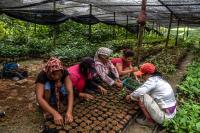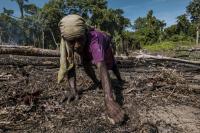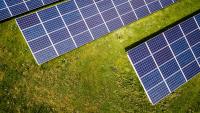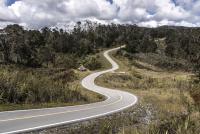Resources
772 Resources for
July 3, 2024
Bali Net Zero Emission 2045 Initiative
June 25, 2024
Peran Penting Ritel dalam Meminimalisasi Sisa Pangan

April 25, 2024
Policy Accelerator Indonesia
April 22, 2024
Building Indonesia's Food Resilience 2030






